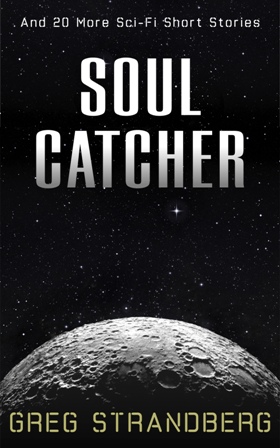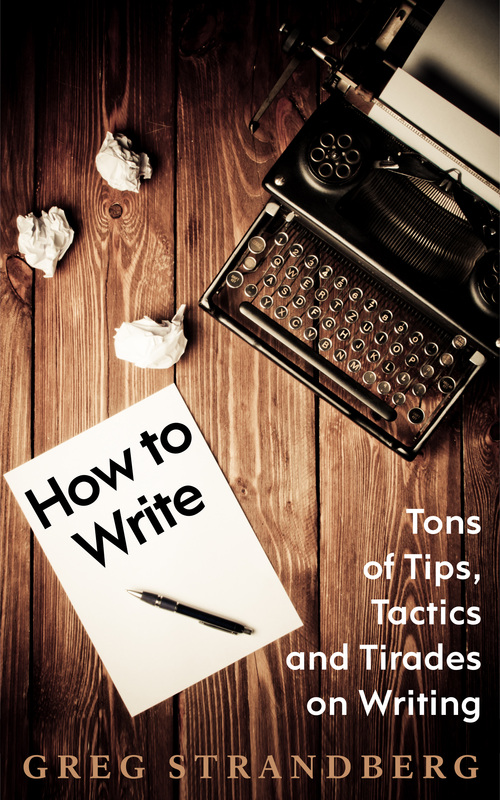 A Classic Table of Contents
A Classic Table of Contents I don’t write novels the way I used to. When I first started back in 2010 I followed the pretty standard format – I stared at the beginning and went straight on through to the end. It didn’t get much linear than that.
Over time I started to get bored with this. I started to look at how other stories were begin plotted, not just novels. For instance, movies often use an entirely different plotting structure that breaks scenes down into small beats. Using something like that can really give you a formulaic way to write a novel faster.
But jeez, formulaic sure sounds bad. That word has such a negative connotation. Perhaps a better way to think of it would be a ‘template’ that you follow. And I think you can really find the template to most novels in the Table of Contents (TOC).
Today we’ll look at some of my TOC’s and see what we can learn about plotting your novel faster. Often this means visualizing your novel from that one page. So what does that have to do with plot? I’m sorry to say you’ll have to figure that out for yourself.
A Standard and Boring TOC
A Long, Informative and Ugly TOC
A Unique and Effective TOC
This takes up about a page in MS Word and a few pages on the Kindle. While those blocks might look a little large, I’d be worried about stretching that TOC over too many pages, like the next example.
A Super-Long TOC
It is an effective an informative TOC, and one that serves its purpose for this long non-fiction ‘how-to’ book.
A Short 3-Act Structure TOC
Here’s the TOC I made to get that:
I’m looking forward to writing the second volume of the Vigilante Justice Series in another month, and I’ll use this exact same TOC format, and thus exact same story and writing style as well.
A 3-Act Structure in 5-Part-TOC
Alas, Amazon rejected me. Well, actually they just never replied, which is kind of a nicer way of rejecting me.
Anyways, I uploaded the book on my own with the following TOC:
It was an interesting book that I really got bogged-down on the middle with. I followed a basic puzzle writing style where I filled in that TOC as I wrote it. That meant I’d often make a hyperlink to a chapter once it was started not before. That gave me an idea at a glance of what was done and what needed doing.
Upending Your TOC and Doing Something New
The TOC’s I’ve shown you so far have been pretty standard, if maybe a little different. Well, take a look at what I did for the TOC of my Kindle Worlds book Room 223:
This TOC is for a Kurt Vonnegut Kindle Worlds book, and anyone familiar with that author or the book The Sirens of Titan will probably understand.
I remember when I got the idea for this TOC back in September 2013 I was really excited! It took me another 3 months to finish the book, but I’m happy it’s now on Amazon. Now if it could just get a sale.
Making a Simple Yet Complex TOC
Here’s what my TOC looks like so far:
Overall it’s pretty enticing (I think) with simple titles. Now, what kind of structure does the story follow – after all, it’s in 4 parts. Well, I’m still writing it, so the jury’s still out.
But if the TOC’s I’ve shown you are any indication you should probably already have a good idea that I don’t really focus on the plotting structures so much as a standard format I can cram those structures into.
Your TOC is your book in one page. It should be clear how a story will unfold, and I think clear parts with equal chapters in each are a great way to do that. Now, come back in six months and I might be saying something completely different!
Tomorrow we’ll discuss 7 Ways You Can Get Over That Writing Wall. It should be pretty interesting as I’ve just hit a wall myself and have no idea what I’m going to tell you. Thankfully no one reads this site so I’ll be alright.


















































































 RSS Feed
RSS Feed